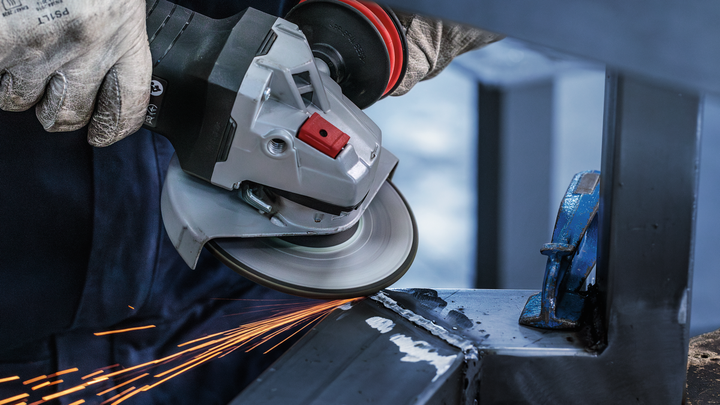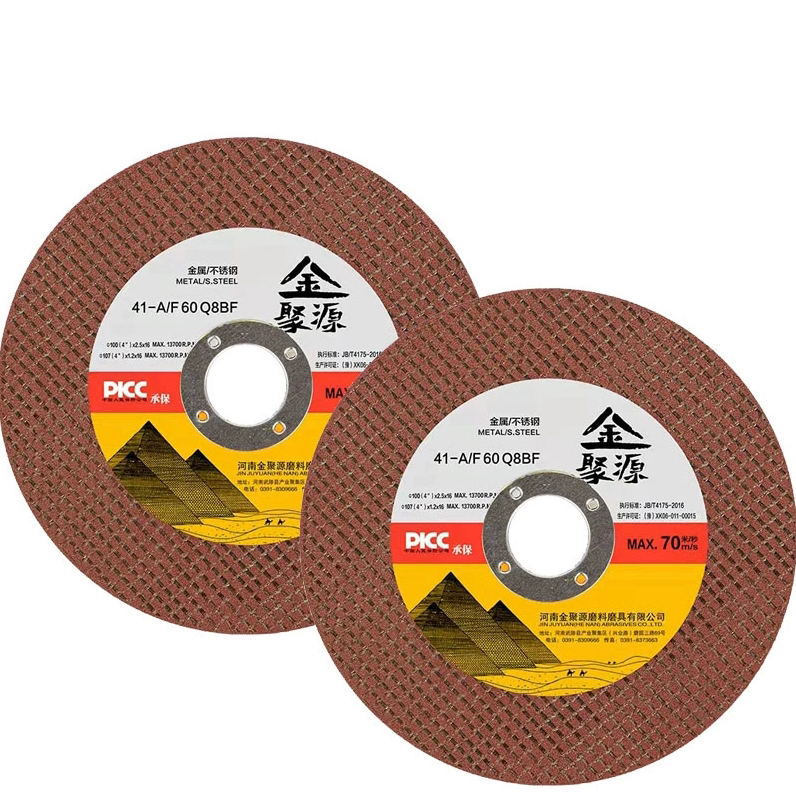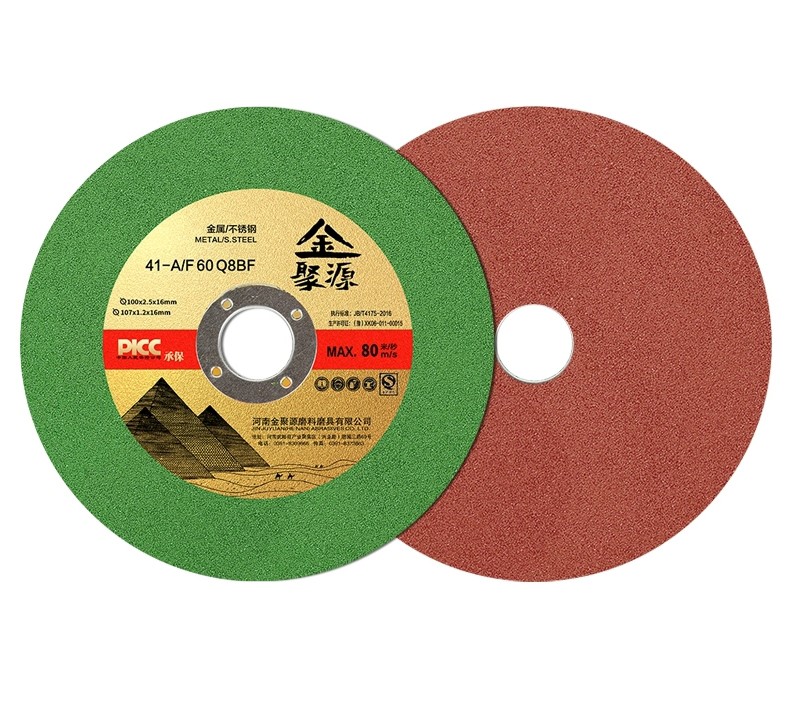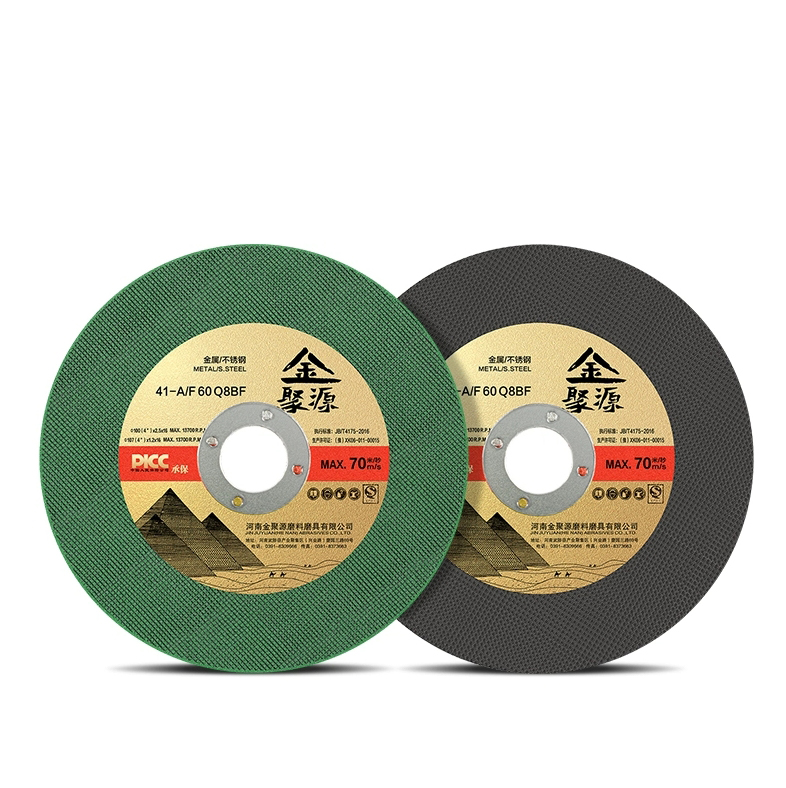
Abrasives can be classified into two types based on their raw material sources: natural abrasives and artificial abrasives. The only commonly used natural abrasive in the mechanical industry is the oilstone. Artificial abrasives are classified based on their basic shapes and structural features, which include five categories: grinding wheels, grinding heads, oilstones, sandpaper (all of which are referred to as bonded abrasives), and coated abrasives.
Bonded abrasives, such as angle grinding discs, can be further divided based on the type of abrasive used into two categories: conventional bonded abrasives and superabrasive bonded abrasives. The former uses common abrasives such as alumina and silicon carbide, while the latter uses superabrasives such as diamond and cubic boron nitride.
The structure of angle grinding discs is broadly classified into three types: dense, medium, and loose. Each type can be further divided into several grades, which are differentiated by their structure number. The higher the structure number, the smaller the volume percentage of the abrasive in the abrasive tool, and the wider the gap between the abrasive particles, indicating a looser structure. Conversely, the smaller the structure number, the tighter the structure.
The structure of the abrasive tool is controlled during manufacturing according to the abrasive tool formula and is generally not measured.Abrasive tools with a tighter structure prevent abrasive particles from falling off easily, helping maintain the tool's geometric shape. On the other hand, abrasives with a looser structure are less prone to dulling during use, generate less heat during grinding, and can reduce the risk of thermal deformation and burns of the workpiece.



